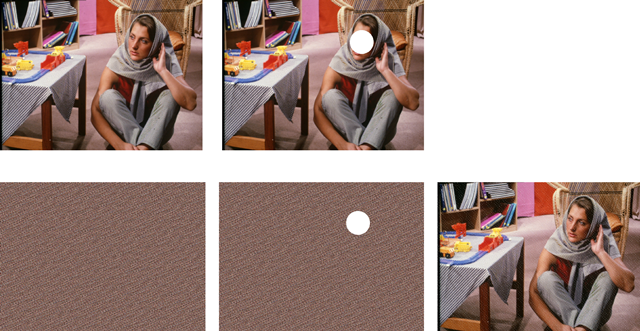Speaker
Description
We discuss methods of modeling $n$-dimensional quasicrystals and their application to information encoding.
The first application is to use the mapping between the physical and internal spaces of a quasi-crystal to evenly distribute data that is lost in the process of transmitting or storing information.
The second application consists in the construction of special quasi-crystals that satisfy the requirements of Vernam cipher keys of any length for the classical method.
Several examples of construction of quasicrystals with predetermined properties and examples of data processing that make the loss of its part uniformly distributed are given.
Below we give an example of information loss during data transmission in the original raster image and in the image encoded with the help of a quasi-crystal.

[1] Moody R.V., Nesterenko M., and Patera J., Computing with almost periodic functions, Acta Crystallographica A, A64, 654-669, 2008, arXiv:0808.1814v1.
[2] Nesterenko M., Patera J., Quasicrystal models in cryptography, AIP Conf. Proc., 1191, 148-159, 2009.
